Council Projects
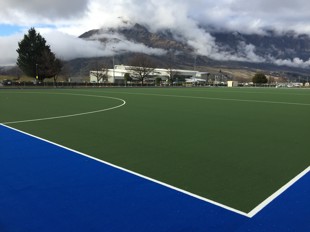 Parks, Property & Community
Parks, Property & Community
All-weather turf at Queenstown Events Centre
A new all-weather multisport turf at Queenstown Events Centre opened in October 2021.
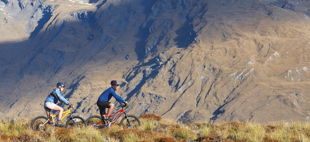 Transport & Roading
Transport & Roading
Arthurs Point to Queenstown shared path
A shared pathway linking McChesney Bridge, Arthurs Point and Queenstown is now complete.
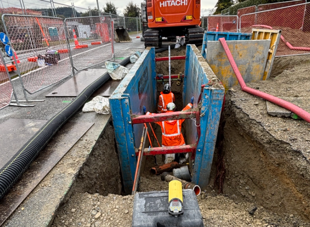 Three Waters
Three Waters
Aubrey Road Wastewater Pipe Upgrades
Upgrades to part of the existing wastewater main on a section of Aubrey Road.
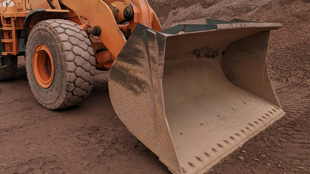 Parks, Property & Community
Parks, Property & Community
101 Ballantyne Road Masterplan
A project is underway to develop a Masterplan for 101 Ballantyne Road, Wānaka.
 Transport & Roading
Transport & Roading
Ballantyne Road Upgrade
A project to vastly improve safety on Ballantyne Road, Wānaka is now complete.
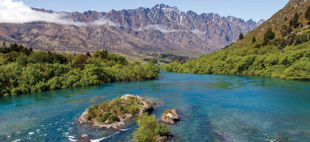 DISTRICT WIDE
Parks, Property & Community
DISTRICT WIDE
Parks, Property & Community
Blue-Green Network Plan
A maps of the parks, open spaces, trails, and waterways across Priority Development Areas and settlements in the Queenstown Lakes District.
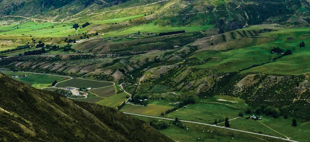 Three Waters
Three Waters
Cardrona Valley Wastewater Upgrade
A reticulated community wastewater scheme for Cardrona is now complete.
 Three Waters
Three Waters
Cardrona Valley Water Supply Scheme
A new community water supply scheme is now available for the Cardrona area. Here you'll find the latest information about the project and how to connect.
 DISTRICT WIDE
Parks, Property & Community
DISTRICT WIDE
Parks, Property & Community
Environmental Monitoring System
We’re working with Spark New Zealand and Attentis Technology to trial cutting-edge technology to monitor conditions within Ben Lomond and Mount Iron Reserves.
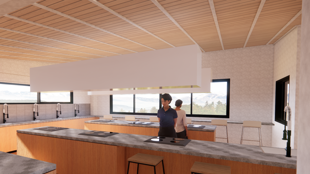 Parks, Property & Community
Parks, Property & Community
Frankton Campground
Work to redevelop Frankton Campground on Lake Avenue into a 'camping only' facility is now complete.
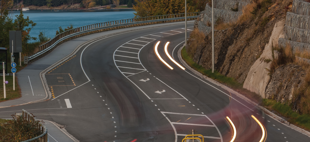 Three Waters
Three Waters
Frankton Road Watermain Upgrades
Work to upgrade a section of the main trunk water supply line on Frankton Road, which delivers water to the wider Queenstown and Frankton areas.
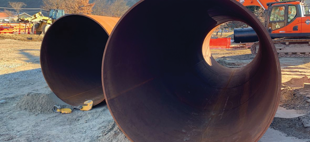 Three Waters
Three Waters
Frankton Stormwater Upgrade
A major upgrade of the Frankton Stormwater system is now complete.
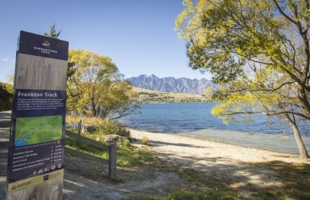 Three Waters
Three Waters
Frankton Track Wastewater Upgrades
We’re planning to deliver a new pressurised wastewater pipeline running between Queenstown and Frankton.
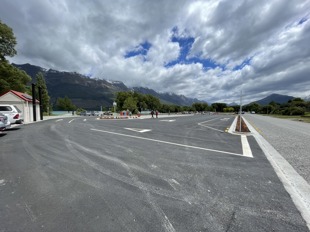 Transport & Roading
Transport & Roading
Glenorchy Marina Carpark
Queenstown Lakes District Council and Fulton Hogan Ltd have completed work to upgrade the Glenorchy Marina carpark.
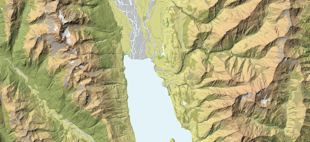 Three Waters
Three Waters
Glenorchy Reservoirs
We completed work to install two new water reservoirs in Glenorchy in December 2023.
 Three Waters
Three Waters
Glenorchy Water Treatment Upgrades
Delivery of a new UV water treatment solution in Glenorchy.
 DISTRICT WIDE
Planning & Development
DISTRICT WIDE
Planning & Development
Improving housing outcomes
Queenstown Lakes District Council is improving housing outcomes with the Joint Housing Action Plan.
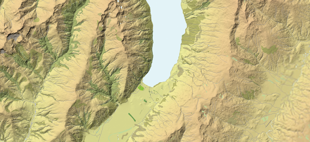 Three Waters
Three Waters
Kingston Infrastructure Works
Work to deliver new water supply, wastewater, and stormwater infrastructure in Kingston is set to begin later this year.
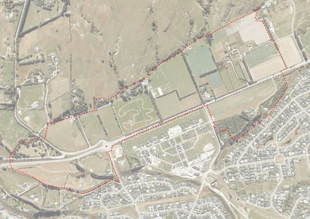 Planning & Development
Planning & Development
Ladies Mile Masterplan
A Council-led Masterplan for the Te Putahi Ladies Mile area was adopted on 30 June 2022.
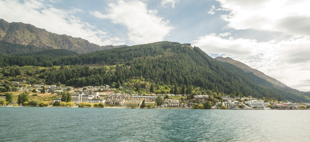 Parks, Property & Community
Parks, Property & Community
Lakeview Development
Information about the Lakeview Development project.
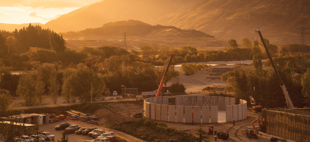
Long term solution for Shotover Wastewater Treatment Plant
Information on a long term solution for the Shotover Wastewater Treatment Plant.
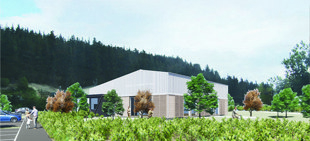 Parks, Property & Community
Parks, Property & Community
Luggate Memorial Centre
Work to build a Passive House Community Hall in Luggate was completed in October 2022.
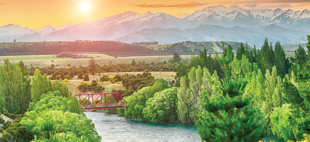 Three Waters
Three Waters
Luggate Water Upgrades
Delivery of new water supply, treatment, and storage infrastructure for the township.
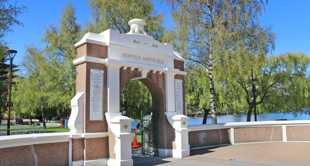 Parks, Property & Community
Parks, Property & Community
Marine Parade Upgrades
Upgrades to Marine Parade in Queenstown to improve access and connection with the lakefront are now complete.
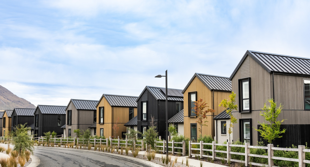 DISTRICT WIDE
Planning & Development
DISTRICT WIDE
Planning & Development
Mayoral Housing Affordability Taskforce
The Mayoral Housing Affordability Taskforce was set up in April 2017 to investigate new ways of addressing housing affordability.
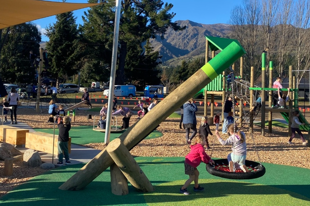 Parks, Property & Community
Parks, Property & Community
McPhee Park Playground
New community playground and toilet facility at McPhee Park.
 Parks, Property & Community
Parks, Property & Community
Merton Park Playground
A new community playground is planned for Merton Park in Shotover Country.
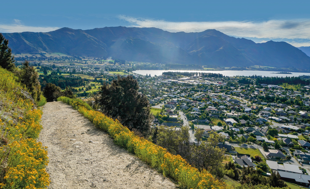 Parks, Property & Community
Parks, Property & Community
Mount Iron Reserve Management Plan
Council purchased nearly 100 hectares of land around Mount Iron and Little Mount Iron in Wānaka.
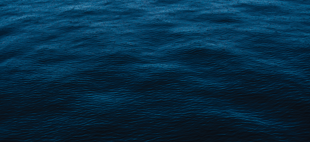 DISTRICT WIDE
Three Waters
DISTRICT WIDE
Three Waters
Our Water Done Well
We proposed a change to how water supply, wastewater, and stormwater services are delivered in the future.
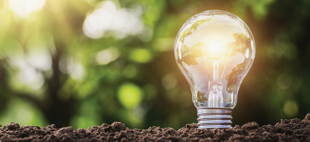 Parks, Property & Community
Parks, Property & Community
Peninsula Bay Reserve Regeneration
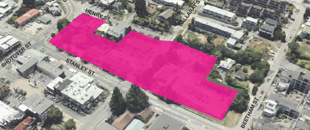 Parks, Property & Community
Parks, Property & Community
Project Manawa
Information regarding QLDC's Project Manawa project.
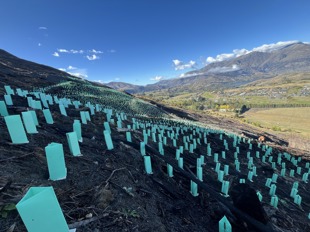 Parks, Property & Community
Parks, Property & Community
Project Tohu
Recloaking the shoulders of Coronet Peak Mauka mountain.
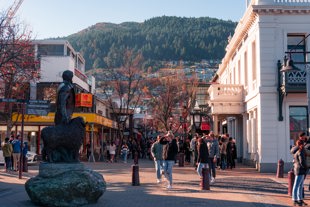 DISTRICT WIDE
Economic Development
DISTRICT WIDE
Economic Development
Proposed Visitor Levy
A proposed local visitor levy on short term visitor accomodation is currently on hold.
 DISTRICT WIDE
Planning & Development
DISTRICT WIDE
Planning & Development
Queenstown Lakes Home Strategy
Everyone has a warm secure place to call home.
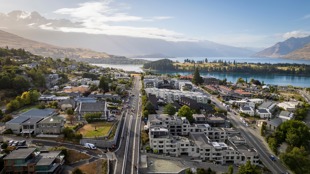 Transport & Roading
Transport & Roading
Queenstown Town Centre Arterial Road
Learn more about the project, the new road layout and pedestrian access, the improvements to local wastewater and carparks.
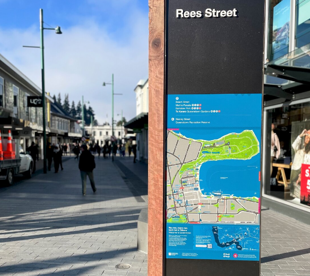 Transport & Roading
Transport & Roading
Queenstown Town Centre Street Upgrades
Transforming Brecon Street, Rees Street, Beach Street and Park Street into high quality public spaces.
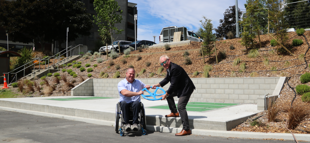 Three Waters
Three Waters
Recreation Ground Wastewater Pump Station and Rising Main
Work to install a new wastewater pump station at the Queenstown Recreation Ground and upgrade the rising main through the town centre is now complete.
 Three Waters
Three Waters
Robins Road Wastewater Upgrades
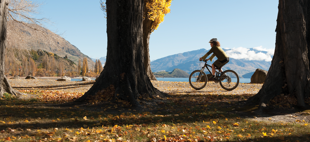 Transport & Roading
Transport & Roading
Schools to pool active travel route
Construction of the Schools to Pool pathway was completed in September 2024.
 Three Waters
Three Waters
Short term approach for managing wastewater discharge
Get detailed information on the short term approach for managing the discharge of treated wastewater from the Shotover Wastewater Treatment Plant.
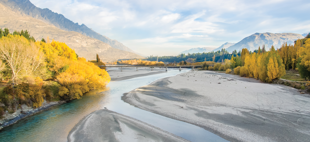 Three Waters
Three Waters
Shotover Bridge Water and Wastewater Main
Work to connect a new water and wastewater main at either end of the Shotover Bridge is now complete.
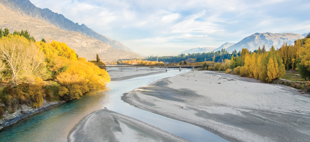 Three Waters
Three Waters
Shotover Country Borefield and Treatment Plant
Upgraded water infrastructure to meet the changing needs of communities in Shotover Country, Lakes Hayes Estate, Ladies Mile and Frankton Flats.
 Three Waters
Three Waters
Shotover Wastewater Treatment Plant Stage 3 upgrades
Upgrades will improve wastewater capacity in the district and provide for future growth in the area through to the year 2048.
 DISTRICT WIDE
Three Waters
DISTRICT WIDE
Three Waters
Smart Water Meters Trial
Information regarding smart water meter trials in Luggate, Glenorchy and Hāwea.
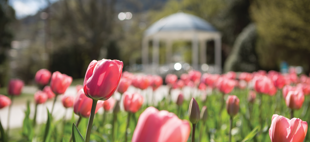 Parks, Property & Community
Parks, Property & Community
Te Kararo Queenstown Gardens
Updates regarding work underway at Te Kararo Queenstown Gardens.
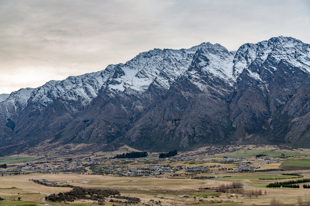 Planning & Development
Planning & Development
Te Tapuae Southern Corridor
Guiding new development in the Southern Corridor south of Kawarau River, around Hanley's Farm, Jack's Point, and Homestead Bay.
 DISTRICT WIDE
Transport & Roading
DISTRICT WIDE
Transport & Roading
Travel Demand Management Programme
Identifying low-cost actions to help achieve more sustainable travel.
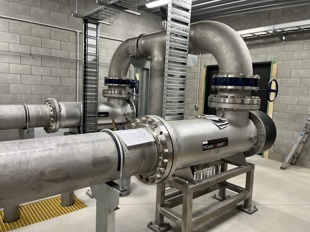 Three Waters
Three Waters
Upgraded Two Mile UV Treatment Plant
Delivery of an upgraded UV water treatment solution at the Two Mile intake near Sunshine Bay.
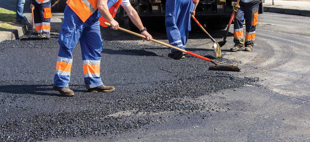 DISTRICT WIDE
Transport & Roading
DISTRICT WIDE
Transport & Roading
Upper Clutha Safety Improvements Programme
Work to improve roads and intersections in several locations around Wānaka and the Upper Clutha.
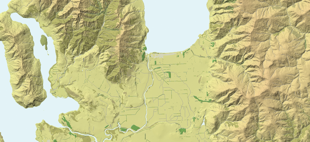 Three Waters
Three Waters
Upper Clutha Wastewater Conveyance Scheme
Upgrades to the wastewater network in the Upper Clutha.
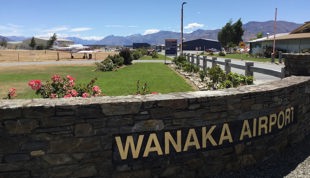 Parks, Property & Community
Parks, Property & Community
Wānaka Airport Certification
Work is underway to obtain a 'Qualifying Aerodrome Operator Certificate' for Wānaka Airport.
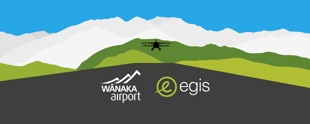 Parks, Property & Community
Parks, Property & Community
Wānaka Airport Future Review
In July 2024 as part of LTP consultation, QLDC signalled its intent to begin a process to develop a long term plan for the Wānaka airport.
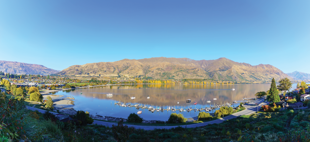 Planning & Development
Planning & Development
Wānaka Lakefront Development Plan
Creating fresh open spaces and people-friendly places on the lakefront.
 DISTRICT WIDE
Transport & Roading
DISTRICT WIDE
Transport & Roading
Way To Go
The journeys that you make every day in and around the Queenstown Lakes District should be safe, easy, support your business and help you get the most out of life.
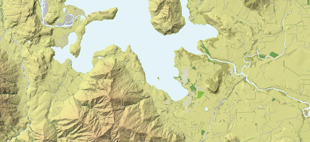 Three Waters
Three Waters
Western Wānaka Water Supply Upgrade
A new water main pipe and pump station in Western Wānaka is now complete.




